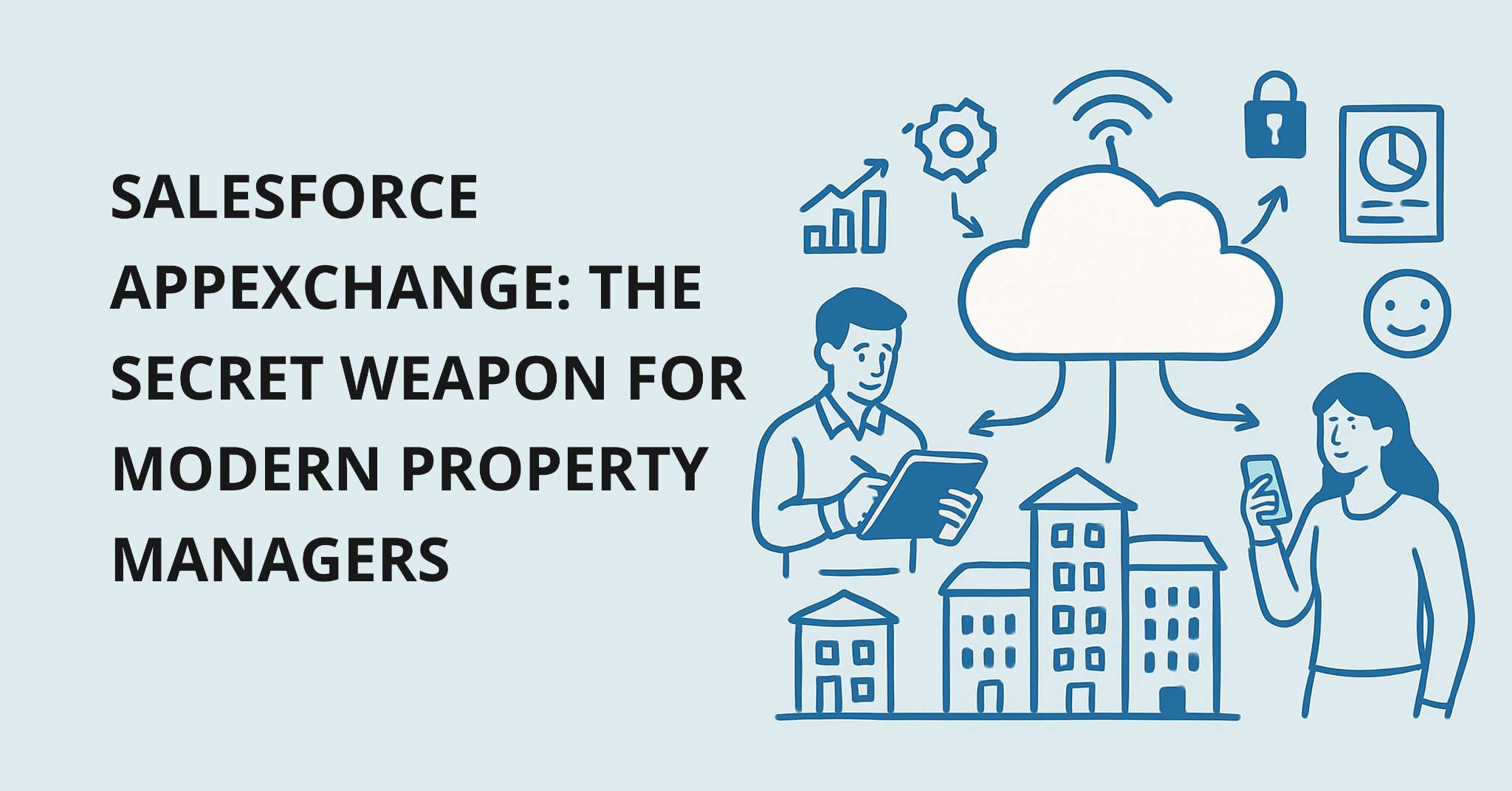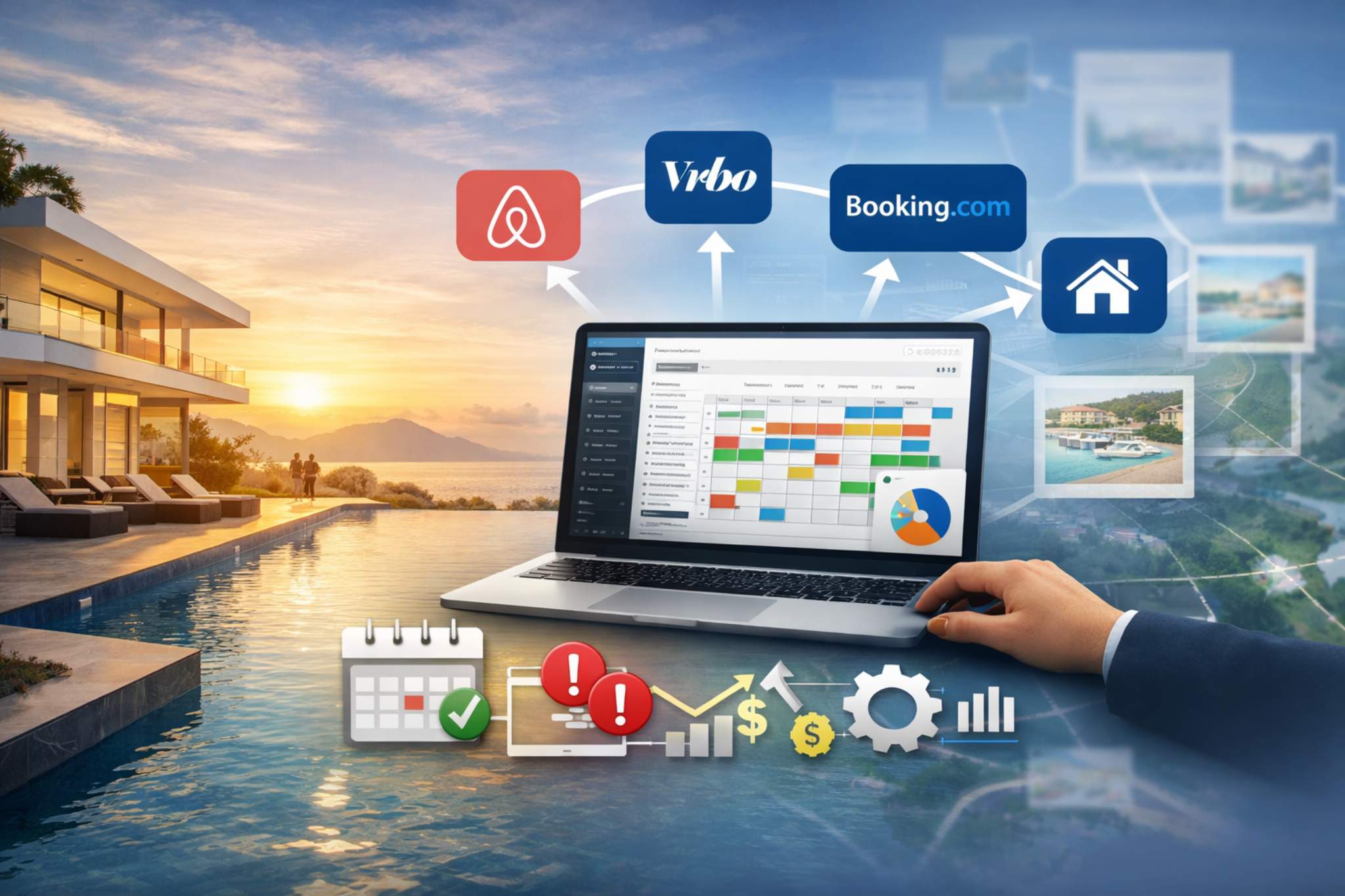Difference Between Yield Management and Revenue Management
There are so many terminologies in the hospitality industry, even the best of us can’t keep up with it all sometimes. One thing that usually leaves many hoteliers beguiled is understanding the difference between Yield Management and Revenue Management.
You know you’ve heard both terms before but, you have no idea what they mean or how they differ from each other? Then, you’re in the right place.
This article answers the question ‘what yield management?’ and how does it differ from revenue management. We also explain why both techniques are so helpful for hotel owners and others working in hospitality.
What is Yield Management?
Let’s rip the band-aid right off by defining what Yield Management is. In simple terms, yield management is a strategy based on selling to the right customer, at the right time, for the right price.
The airline industry was the first to use a yield management strategy to manage supply and demand for flights. However, its use in the hospitality industry, especially in hotels, makes it relevant today.
Yield management is a pricing strategy whose goal is to generate maximum revenue from a perishable inventory such as hotel rooms, airline seats, etc.
The concept is based on understanding, anticipating, and influencing your guests’ behavior to maximize your establishment’s revenue or profits.
Companies adopting this process influence the demand for their products or services by adjusting their price.
The increase or reduction in the price of products and services helps the companies determine the future demand with higher accuracy. Hence, this process allows the companies to better production and sales planning.
Under What Type of Demand is Yield Management Most Effective?
Yield management is most effective under the following conditions:
- Fluctuations and unpredictability in demand.
- There are as many market segments as there are customers. In other words, you can position each customer in terms of price and time.
- Relatively high fixed costs and low variable costs.
- Inventory of capacity is perishable like hotel rooms, airline seats, music concert tickets, sports event tickets, television air time, etc.
- Products can be sold in advance or just in time.
Who Uses Yield Management?
Any type of business can apply yield management strategies.
- Businesses that have a fixed number of products to sell at any given time
- The product’s value is time-constrained, meaning that after a specific date or amount of time, the product loses value
- Different customers are willing to pay different prices for the same product or number of products
Some of the common industries where yield management strategies are applied include:
- Hotel rooms
- Airline or bus seats
- Rental cars
- Sporting, event, and music venues
- Restaurants (think special seating for events)
- Pretty much everyone in hospitality!
What is Yield Management in Hospitality Industry?
In the hospitality industry, yield management is all about selling certain fixed, time-limited resources, such as hotel rooms for different prices, based on the time of year, the level of demand, the number of rooms already sold, and a wide range of external factors besides.
The same product (i.e. a hotel room) can be sold to two different customers for entirely different prices because of the number of variables involved in the process.
Because of this, some hoteliers refer to it as ‘the art behind the science of room supply and demand’.
What is Yield Management System?
Many different types of yield-management systems exist, but most require the same sort of information.
Requirements of a sound Yield Management system include:
- Your hotel booking patterns and information on how reservations are made for a particular day.
- Historical demand information of your hotel available by market segment. This information must also be broken down by the time of the year and the day of the week.
- A clearly stated overbooking policy.
- An idea of the effect of price changes.
You will need an information system such as a property management system to obtain all the information listed above.
What is Revenue Management?
Revenue Management is an economic discipline appropriate to many service industries in which “market segment pricing” such as Yield management, is combined with statistical analysis to expand the market for the service and increase the “revenue” per unit of available capacity.
It involves using performance data and analytics, which help hotel owners more accurately predict demand and other consumer behaviors.
As a concept, revenue management is a spin-off of Yield management but a little more sophisticated. It’s no longer just about room sales but about packages, amenities, and services, including upgrades, dining, food & beverage, as well as entertainment spend per guest.
Why is Revenue Management Important?
For hotel owners, hotel revenue management provides the ability to make the most out of a perishable inventory of hotel rooms, allowing them to maximize the amount of money the business generates. Essentially, it will enable decision-makers to make informed, data-driven choices rather than relying on instincts or guesswork.
Like many other businesses, Hotels have fixed costs, which need to be paid regardless of rooms sold and the money generated from their guests. Therefore, hotel owners can ensure their costs are met, and their prices and services are dynamically optimized through a revenue management strategy.
What is Revenue Cycle Management?
Revenue Cycle Management (RCM) refers to the process of identifying, collecting, and managing the practice’s revenue from payers based on the services provided.
Although also utilized in the hospitality industry, the RCM is a process that is most common among health practices such as hospitals, clinics, etc.
Why is Revenue Cycle Management Important?
A well-designed RCM system tracks patient care and simplifies
the billing and collection cycles by registering, appointing, scheduling, and processing the payment.
Revenue cycle management links administrative data like a patient’s name, insurance provider, and other personal information along with the treatment received by a patient.
It bridges the gap between the business and clinical sides of healthcare.
To implement the RCM system, an establishment needs software that can automate the procedures involved and reduce the time between offering a service and receiving payment by interacting with other health IT systems like electronic health record systems and billing systems.
Find out more on the importance of the RCM system.
What is Revenue Management in Hotels?
In the hospitality industry, revenue management can be defined as selling the right rooms to the right customers at the right time for the right price and through the right channel, creating optimal revenue and cost-efficiency.
Consumers are accustomed to this type of selling tactic in hospitality, such as fluctuating flight and hotel room prices. Although this is a common practice, it takes a lot of data and strategy to maximize revenue management.
Revenue management requires data on past revenue, past consumer purchase behavior, past pricing strategies, market demand, and more to predict future income based on future pricing strategies. However, acquiring and analyzing this data can be difficult and time-consuming. In addition, each dataset comes from a different source, meaning they have to be standardized and integrated.
What is Revenue Management Software?
Essentially, a Revenue Management System, or short RMS, is a software solution, which allows you to carry out important revenue management tasks more efficiently and effectively. It will use data from your hotel and the market at large to help you make more informed decisions.
Typically, a good Revenue Management System will use the data and its algorithms to carry out a real-time analysis of the state of the market, and demand, to calculate ideal room rates. As a result, most crucial hotel revenue management decisions can be carried out from a single, centralized dashboard.
A Revenue Management System makes it easy to adjust prices across various distribution channels without logging in to each of those different systems individually. As a result, key performance indicators, such as revenue per available room (RevPAR), can be improved, increasing the hotel’s top and bottom lines.
Some property management systems offer an RMS included in their packages, and this is more cost-effective than implementing software that only provides RMS features.
Differences Between Yield Management and Revenue Management in the Hotel Industry?
The Hotel Room is The Main Focus of Yield Management
The basis of yield management within the hotel industry is selling the right room to the right customer at the right time, for the highest possible amount, to maximize revenue and profit from room sales. Generally, this means increasing prices during high demand and decreasing prices when demand is low.
Revenue Management goes beyond room sales and involves packages, amenities, and services, including upgrades, dining, food & beverage, and entertainment spend per guest.
Revenue Management Has a Broader Focus
It also considers the revenue generated from other aspects of your hotel business, such as restaurant sales, bar sales, room service, and spa bookings.
Revenue management strategies are more likely to consider other factors, such as the costs associated with specific distribution channels. As a result, it tends to be more heavily reliant on data gathering and analysis, and it may also require input from different departments within the property.
Yield Management is Highly Tactical
To get the most from yield management, hotels need to embrace a tactical pricing approach and other aspects of selling hotel rooms. An excellent example is identifying the best restrictions to apply to the sale of those rooms. This helps to maximize the amount of money generated over time.
For example, one restriction that may be applied to a hotel room booking is the maximum length of stay. In some situations, it may be more beneficial to use a strict limit to the duration of the stay. In contrast, in others, such as periods of low demand, it may be better to offer greater flexibility to encourage longer stays.
Revenue Management is More Broadly Strategic
When it comes to hotel revenue management, the best results will be achieved by being more broadly strategic, giving consideration to different elements of the business, and using a wider range of key performance indicators.
Some of these indicators include metrics like RevPAG (revenue per available guest), RevPAR (revenue per available room), and GOPPAR (gross operating profit per available room).
Yield Management Eliminates Pricing Errors
Nowadays, hotel managers can use a hotel revenue management program to utilize a yield management strategy, eliminating pricing errors. In addition, since prices are chosen based on demand forecasting and not expected booking behaviors, human error can be effectively eliminated.
Revenue Management Enables Competitive Pricing
Revenue management makes it easy for hotels to have a competitive edge by creating a standard pricing strategy. This not only draws customers but also gives the hotel an edge over its competitors. Revenue management is quite pervasive that hotels that do not implement it can find it hard to compete in the marketplace.
References
- Kimes SE. The Basics of Yield Management. Cornell Hotel and Restaurant Administration Quarterly.1989 30(3):14-19.
- Kimes SE. Revenue Management: A Retrospective. Cornell Hotel and Restaurant Administration Quarterly. 2003;44(5-6):131-138.
- Robert Klein, Sebastian Koch, Claudius Steinhardt, Arne K. Strauss, A review of revenue management: Recent generalizations and advances in industry applications, European Journal of Operational Research,
https://www.sciencedirect.com/science/article/abs/pii/S0377221719305272?via%3Dihub; Volume 284, Issue 2, 2020.






_-_A_Complete_Guide.png)











+for+Hotel+Chains.png)
